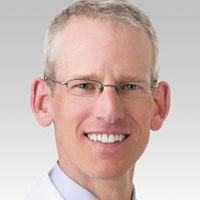
The rate of inappropriate antibiotic prescribing is “alarmingly” high for patients on Medicaid, according to investigators behind a sweeping new study of insurance claims.
The researchers measured how often filled antibiotic prescriptions were linked to infections and in-person clinician visits for Medicaid patients from 2004 to 2013.
Among 298 million antibiotic fills tracked, 28% had no claims for a clinician encounter in the seven previous days. An additional 17% were not linked to any clinical visit for infection-related diagnosis, reported geriatrician Jeffrey Linder, M.D., MPH., of the Northwestern University Feinberg School of Medicine, and colleagues.
The findings suggest widespread potential for inappropriate prescribing without a clear rationale, as well as a major hurdle for antibiotic stewardship, said Linder. “Most of these encounters would be blind spots for the interventions designed to improve antibiotic use,” he concluded.
“If prescribing is taking place outside of an office visit, most of the approaches we’re taking to combat antibiotic overuse will miss those completely,” added lead author Michael Fischer, M.D., MS, from Harvard Medical School.
Prescriptions filled with no visit were more common among adults than children and occurred most often in the Western United States compared to other U.S. regions, the study team noted.
Full findings were published in the journal Health Affairs.




